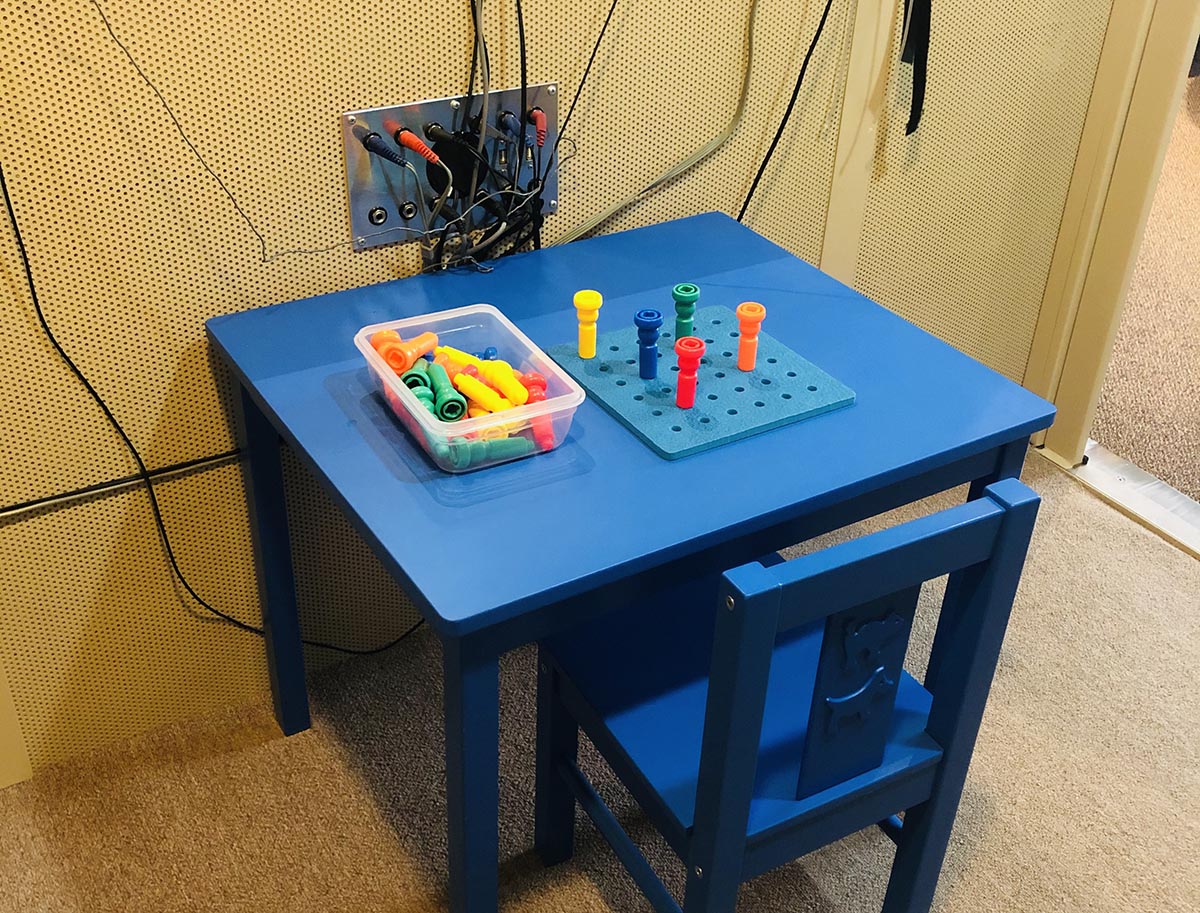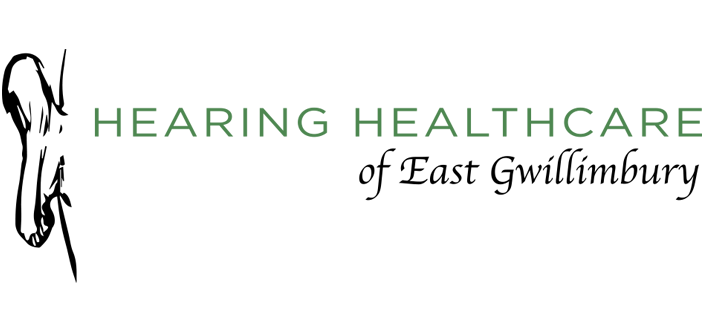Pediatric Hearing Assessments
Untreated hearing loss in children can impact their language, cognition, social-emotional development and academic achievement. If you have concerns about your child’s hearing, Hearing Healthcare identifies, diagnoses and treats children with hearing disorders. We provide a family centered environment and offer the best possible hearing health care for your child. Alisha Gibb, Au.D. Doctor of Audiology, has 12 years of experience working with pediatrics through private practice opportunities, her experience at McMaster Children’s hospital and her final 12-month fellowship at Sick Kids hospital.
Our pediatric services include:
- Comprehensive developmentally appropriate behavioural hearing evaluations
- Middle ear function assessments
- Hearing aid/assistive listening device consultations
- Hearing aid fitting, dispensing, and reports
- Counselling regarding communication and educational options
Hearing assessments for children consist of otoscopy (looking inside the ears), tympanometry (assessing middle ear function), and testing your child’s hearing in a soundproof booth.

What to expect at your child’s hearing assessment appointment:
Otoscopy:
Before or after the hearing test, the audiologist will look inside your child’s ears for any signs of wax or congestion.
Tympanometry:
Before or after the hearing test, and after the otoscopy, the audiologist will complete tympanometry, which measures function of the middle ear. This testing will check for any signs of congestion, fluid or other problems of the middle ear.
The clinician will place an ear insert your child’s ear. Your child will hear a faint hum and feel a bit of pressure in their ear. This procedure takes about 5 seconds per ear.
Audiometric booth testing
To test your child’s hearing, there are a variety of testing methods the audiologist may use. Although ages are specified for each method of testing, this is a guideline and can vary from child to child. The audiologist will determine which type of testing method would be best for your child in order to obtain the most accurate results.
Visual Reinforcement Audiometry (VRA)
Ages 2 ½ and under
Visual Reinforcement Audiometry is a method of testing that assesses hearing sensitivity in infants and toddlers that are too young for conventional testing. The VRA method uses behavioural conditioning to get children to respond to sounds. The audiometer, which tests hearing threshold levels, is used to play word and sounds to the child through headphones, foam tip ear inserts, or through sound field speakers. You may accompany your child in the testing booth.
Your child will sit inside the soundproof booth on top of your lap. The audiologist will engage visual reinforcers (e.g. light up puppets and toys) that are set up on the walls inside the booth as a visual reward for your child when they respond to hearing a sound. The audiologist will play sounds of different frequencies to assess your child’s hearing threshold.
Conditioned Play Audiometry (CPA)
Age: 2 – 6 years of age
Conditioned Play Audiometry (CPA) is a method of testing used to assess hearing sensitivity in toddlers and young children. This testing is done with children who have surpassed the age for VRA testing but are not quite ready for conventional testing. In the soundproof booth, your child will listen for words and sounds through foam ear inserts or headphones. You may accompany your child in the testing booth.
Speech testing: Your child will hear a series of words and be asked to repeat them back. If they are not able to repeat the words back, the clinician will give them a visual board of the words and ask them to point to the photo of the word they hear.
Pure tone testing: Your child will hear sounds of different frequencies. The clinician will ask your child to place a peg in the board every time they hear a beep to determine your child’s hearing threshold.
Conventional audiometry
Ages 6 and up
Conventional audiometry testing is similar to CPA, however instead of using a game to obtain response data, the child will press a button or raise their hand when they hear a beep.
Speech testing: Your child will hear a series of words and be asked to repeat them back. If they are not able to repeat the words back, the clinician will give them a visual board of the words and ask them to point to the photo of the word they hear.
Word discrimination testing: Your child will hear sentences and be asked to repeat the last word of the sentence. For example, if they hear “Say the word please”, they would have to repeat back the word “Please.”
Pure tone testing: Your child will hear sounds of different frequencies. The clinician will ask your child to press a button or raise their hand whenever they hear a beep to determine your child’s sensitivity threshold.
Distortion Product Otoacoustic Emissions (DPOAE)
If the clinician is unable to obtain any data through testing, we may suggest distortion product otoacoustic emissions which is an objective screening method that is used to get more information on how the inner ear is working. There are hair cells in the inner ear that respond to sound when vibrating. The vibration produces a quiet sound that echoes back into the ear, which is present with normal hearing. Those with hearing loss in the mid to high frequencies will not produce these soft sounds, which the DPOAE will test for. This gives an indication if there is concerns regarding your child’s hearing.
The clinician will place a probe into your child’s ear. This testing requires your child to stay as still as possible to obtain the results, so it is best performed when your child is napping or distracted with their favourite toy.
If we are not able to get results from any of the screening/testing methods on the day of the appointment, we will provide you with a follow up appointment and/or a referral.
Tips for test day:
- Bring a toy or snack to keep your child occupied during parts of the assessment
- If your child is old enough, explain what they are going to expect at the appointment
- Advise the audiologist if your child is sensitive to having things in their ear
- Complete case history and consent forms prior to appointment
SPEECH AND HEARING MILESTONES
| Birth – 3 months |
|
| 4 – 6 months |
|
| 7 months – 1 year |
|
| 12 – 18 months |
|
| 18 – 24 months |
|
| 2 – 3 years |
|
| 3 – 4 years |
|
| 4 – 5 years |
|
https://sac-oac.ca/sites/default/files/resources/SAC-Milestones-TriFold_EN.pdf
https://www.asha.org/public/speech/development/01/
Speech sound development milestones
